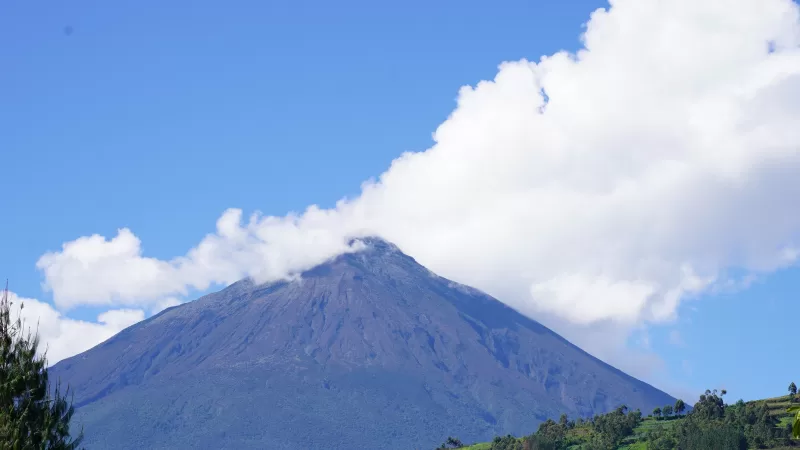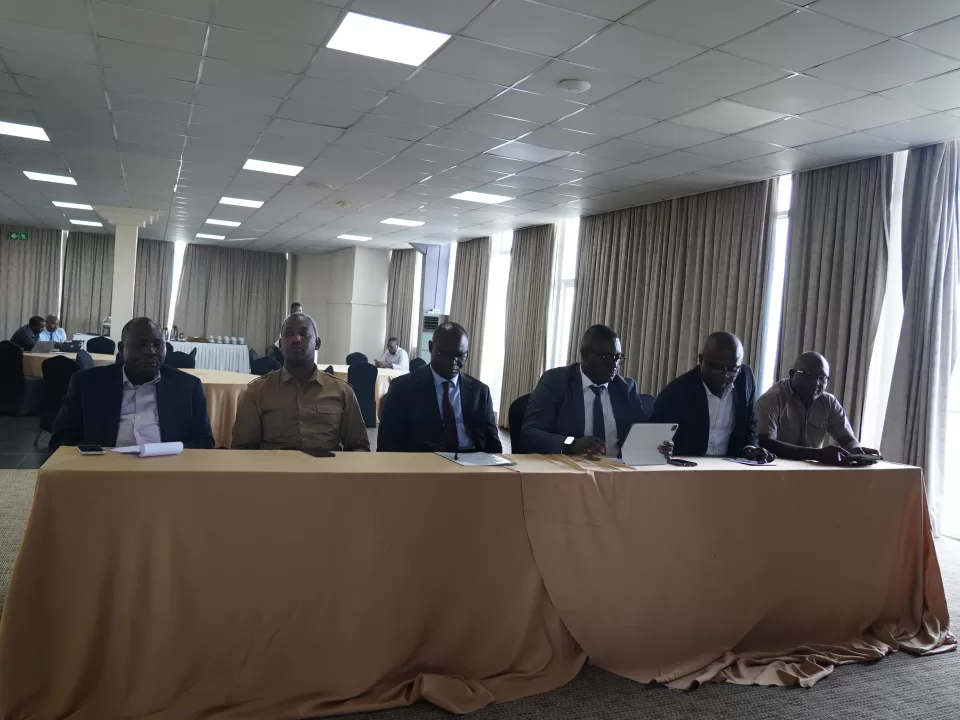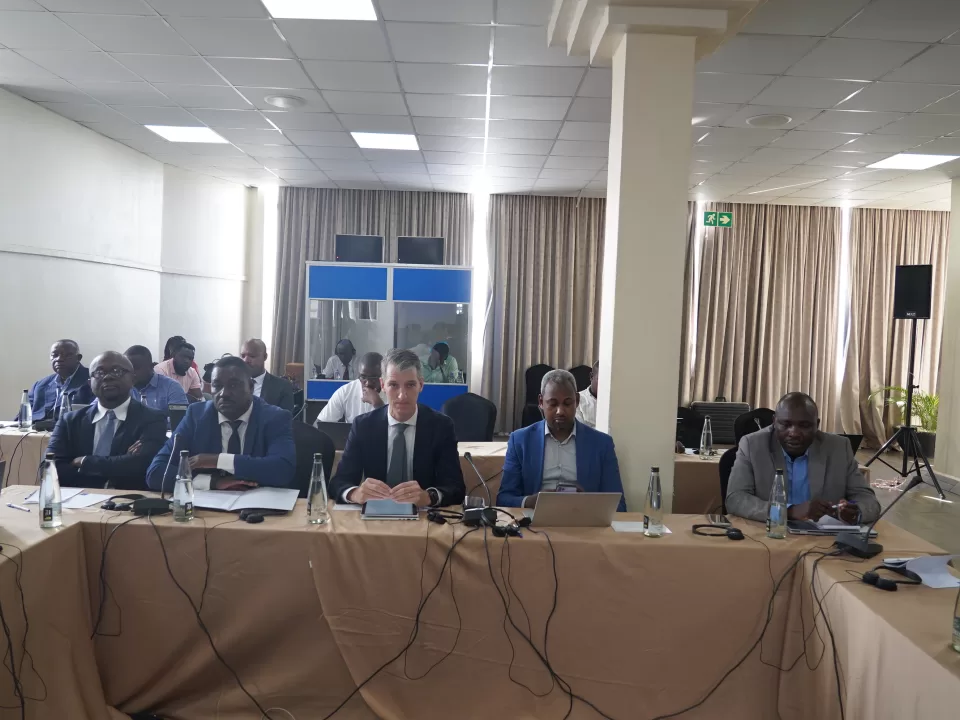International Forest Day 2024 finds the Greater Virunga Landscape in dire straits.
Forests are key to combating climate change and to contributing to the prosperity and well-being of current and future generations.
The International Day of Forests is held on March 21 each year. On this day, the importance of forests is celebrated worldwide as it calls for global awareness and action to protect our planet.
It is crucial to acknowledge this day’s thoughtful importance and the emotions it draws out. From the weakening of natural resources to the dreadful impact of climate shift, our ecosystem’s fragile state compels everyone to take urgent action.
If nothing is done today in the Greater Virunga Landscape shared between the Democratic Republic of Congo, the Republic of Rwanda and the Republic of Uganda, our generation may be the last to see endangered wildlife species, such as mountain gorillas, chimpanzees, African Elephants, Lions, hippopotamus, etc.
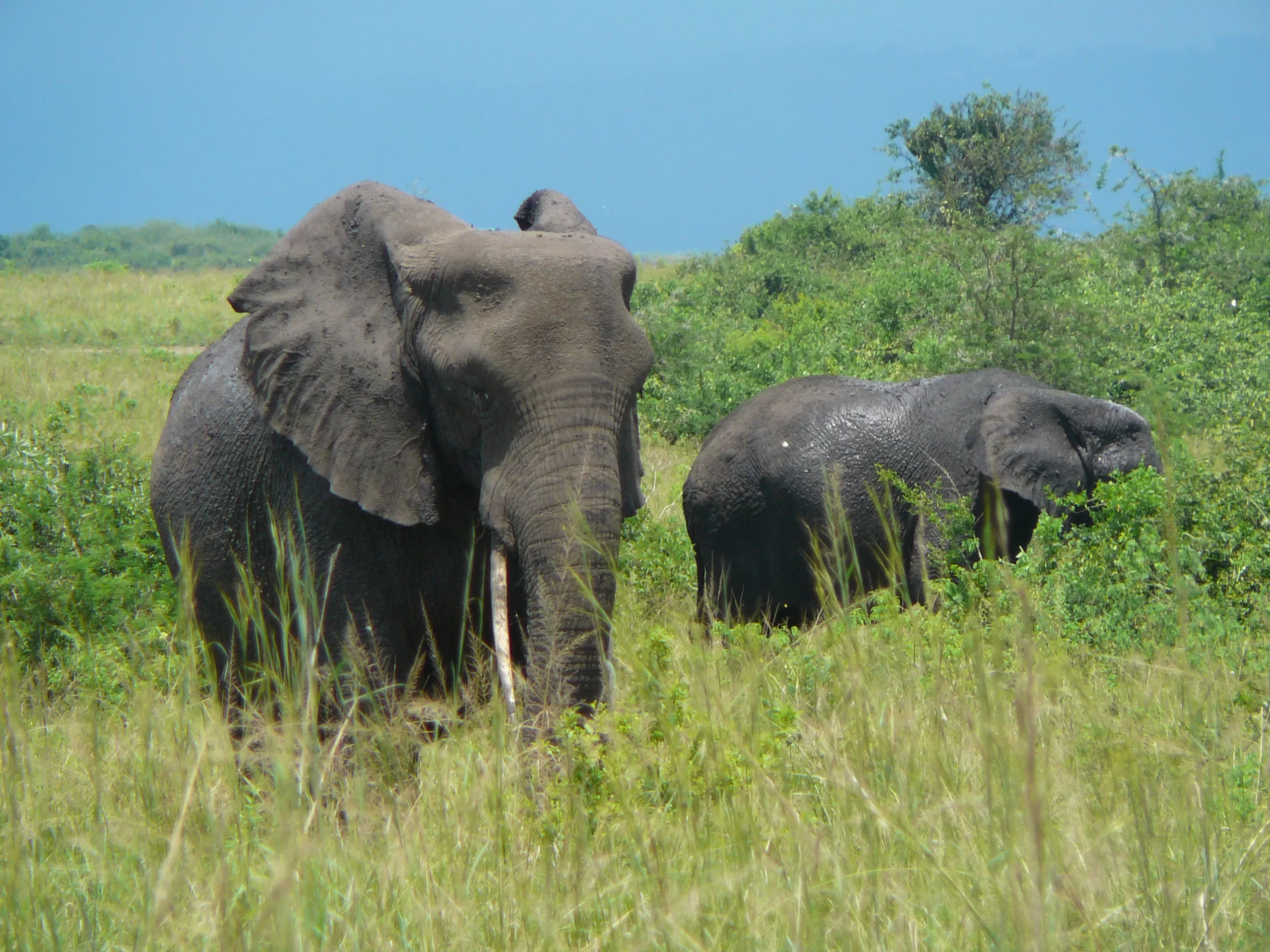
Elephants of the Queen Elisabeth National Park- Uganda: One of the Protected Ares forming the GVL Network shared between DRC, Rwanda and Uganda
The United Nations General Assembly proclaimed 21 March the International Day of Forests (IDF) in 2012. The Day celebrates and raises awareness of the importance of all types of forests. On each International Day of Forests, countries are encouraged to undertake local, national and international efforts to organise activities involving forests and trees, such as tree planting campaigns.
In 2024, the theme is “Forests and Innovation: New solutions for a better world”.
In the Greater Virunga Landscape, a number of threats weigh on the forests:
Insecurity: This issue is affecting seriously the Virunga National Park where armed groups’ activities were detected in addition to the human pressure on the forests where refugees are cutting trees for firewood, others for building temporary shelters, and others to make income resources.
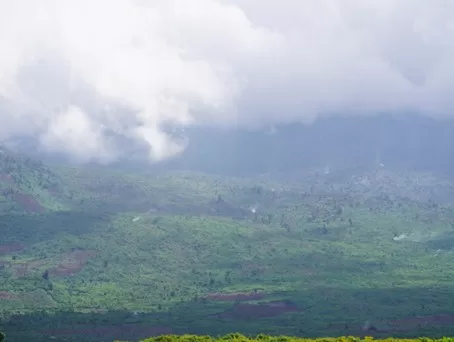
Insecurity is the main cause of the destruction of the Virunga National Park in the Democratic Republic of Congo, one of the protected areas forming the GVL network of protected areas- Photo June 2023
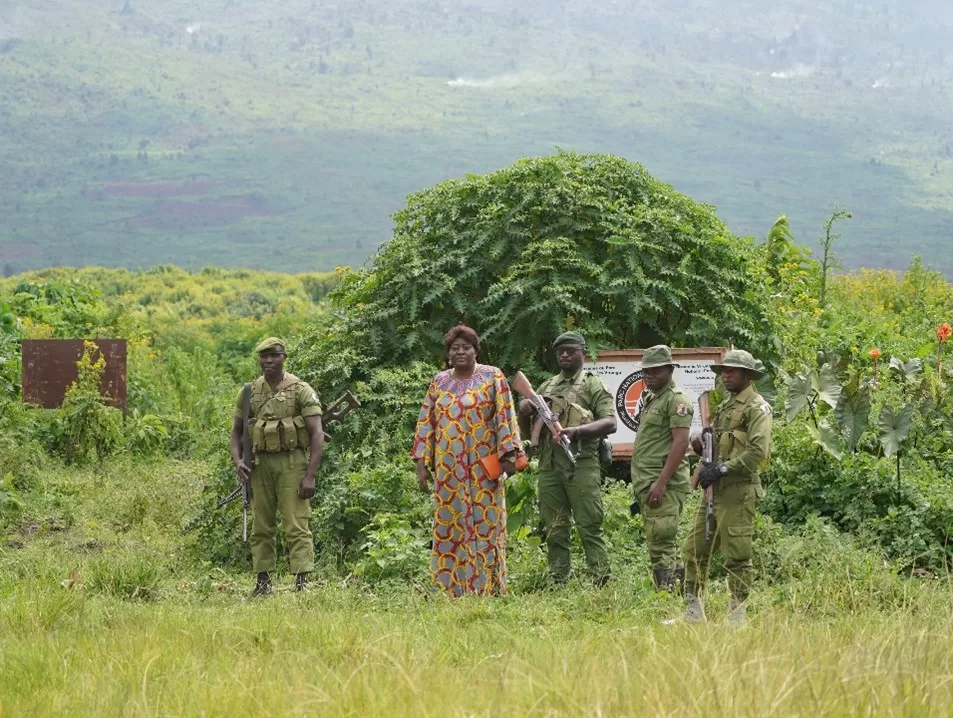
Insecurity is the main cause of the destruction of the Virunga National Park in Democratic Republic of Congo, one of the protected areas forming the GVL network of protected areas- Photo June 2023
Climate change: Despite the fact that this phenomenon is not well analyzed and figured out, it is believed that climate change is causing habitat changes with its consequences. Among the consequences, the outbreak of invasive species is at its peak, 30% of the areas of Queen Elisabeth national park are under threat of the invasive species, the major species being the Karimanjojo (Dichronostactys Cinea)
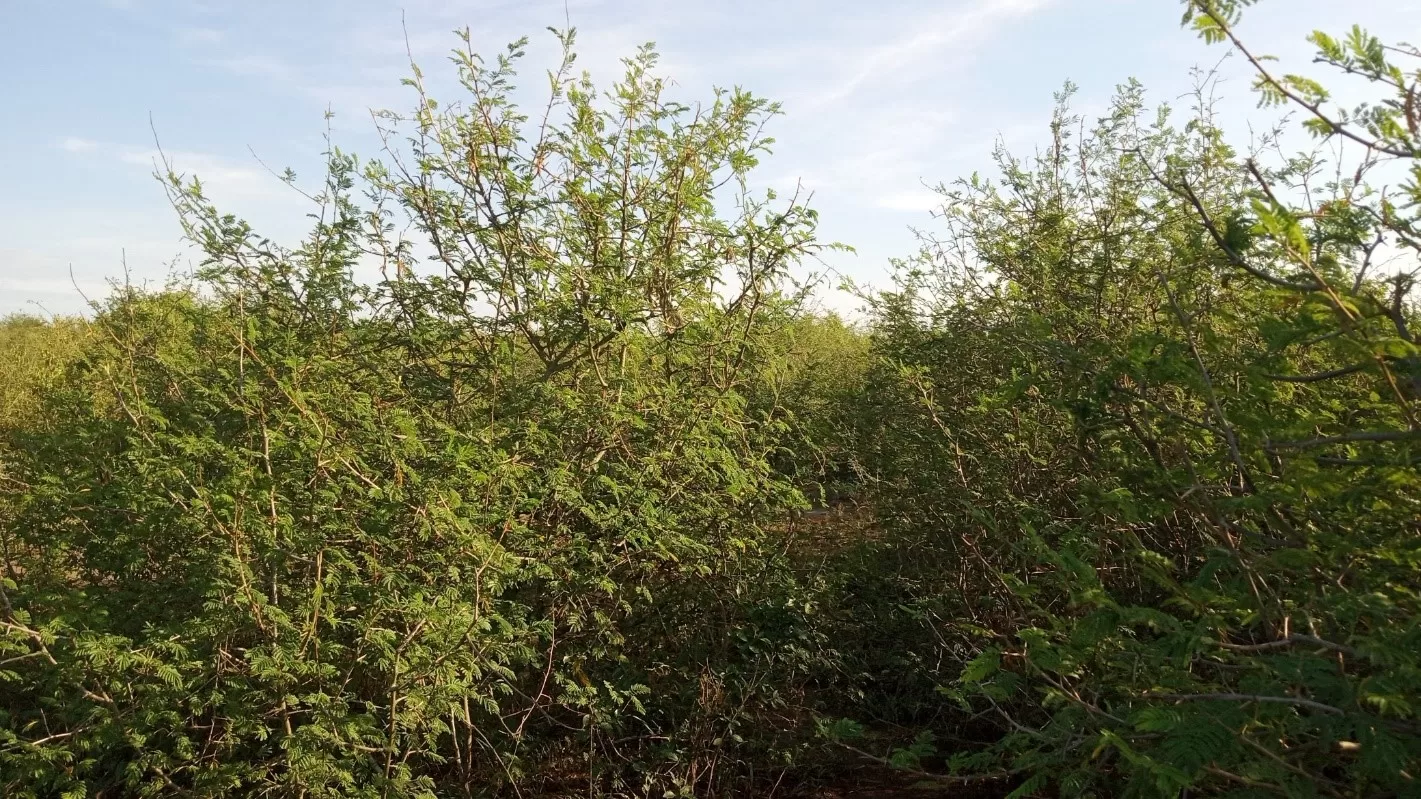
Queen Elisabeth national park is under threat of the invasive species, the major species being the Karimanjojo (Dichronostactys Cinea)- Photo 2023
Climate change is affecting the entire landscape and not only flora is threatened but also fauna as well. If these threats and others are not well handled, our wonderful forests and the animals inside will suffer a huge blow.
The radar images below generated by SarVision from the Kingdom of the Netherlands using radar images, show the changes in land cover from 2018 to 2024.
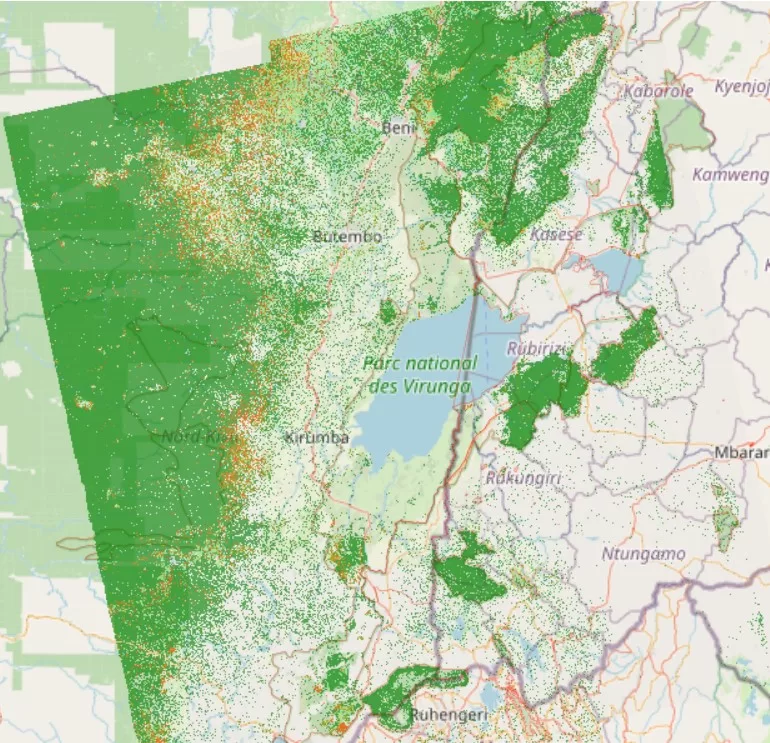
Radar image of the Greater Virunga Landscape on 24/01/2024
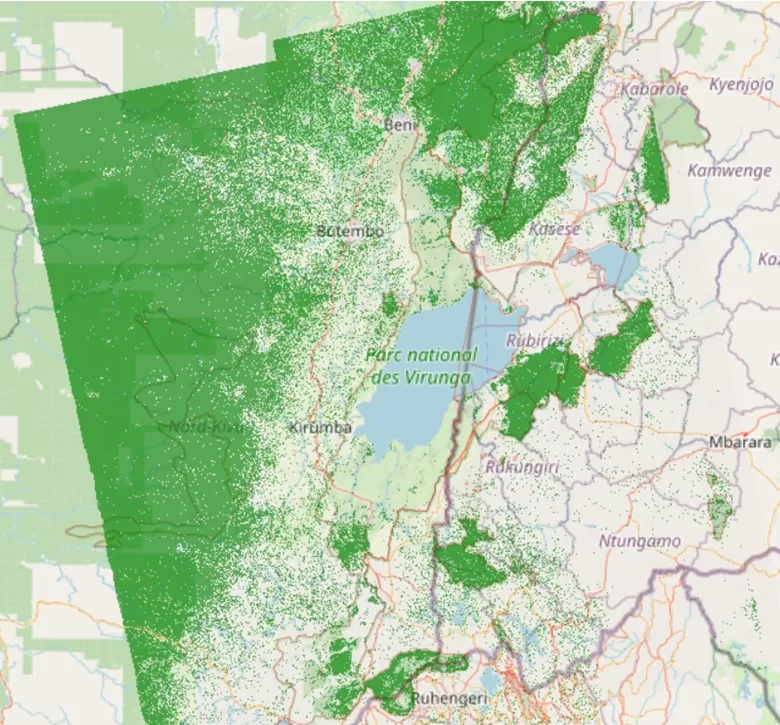
Radar image of the Greater Virunga Landscape on 29/01/2018
The image of 2018 was much greener while the image of 2024, just 6 years since then, has much more reddish to portray the speed of changes in land cover.

